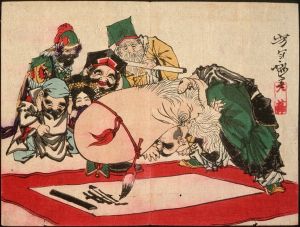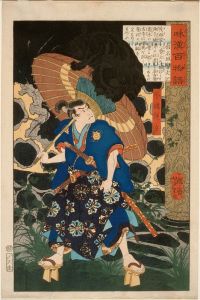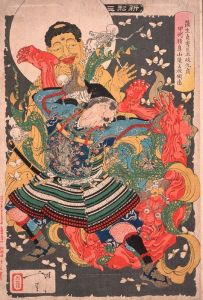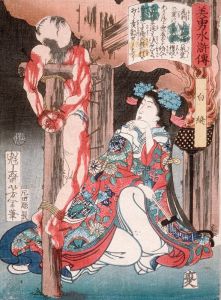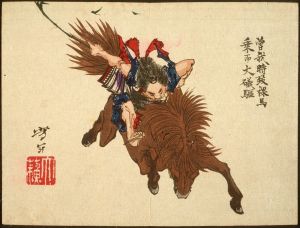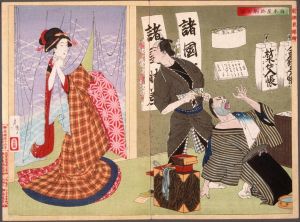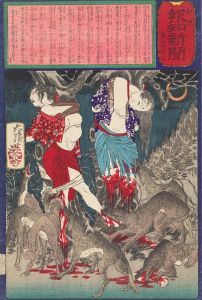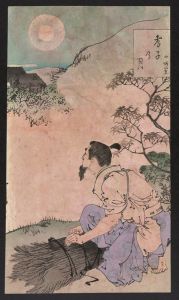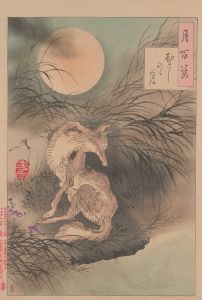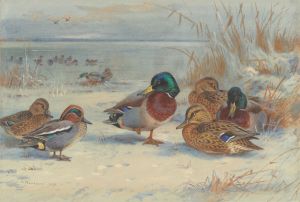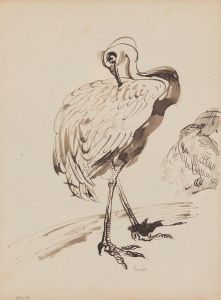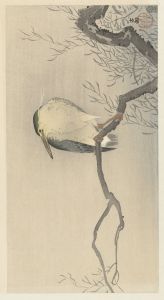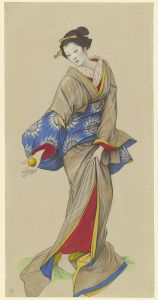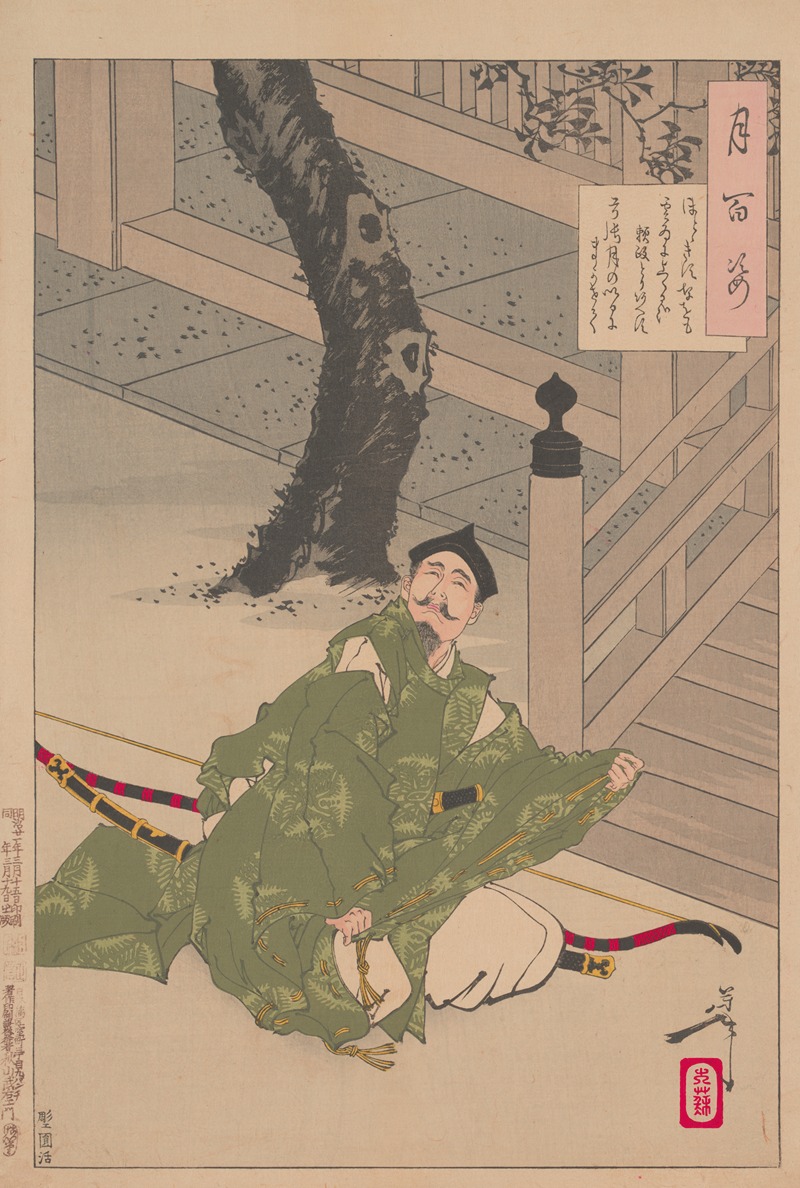
Does the cuckoo too announce its name from above the clouds
A hand-painted replica of Tsukioka Yoshitoshi’s masterpiece Does the cuckoo too announce its name from above the clouds, meticulously crafted by professional artists to capture the true essence of the original. Each piece is created with museum-quality canvas and rare mineral pigments, carefully painted by experienced artists with delicate brushstrokes and rich, layered colors to perfectly recreate the texture of the original artwork. Unlike machine-printed reproductions, this hand-painted version brings the painting to life, infused with the artist’s emotions and skill in every stroke. Whether for personal collection or home decoration, it instantly elevates the artistic atmosphere of any space.
Tsukioka Yoshitoshi was a renowned Japanese artist of the late Edo and early Meiji periods, celebrated for his innovative approach to ukiyo-e, a genre of woodblock prints and paintings. One of his notable works is "Does the cuckoo too announce its name from above the clouds," which is part of his series "New Forms of Thirty-Six Ghosts" (Shinkei Sanjūrokkaisen), created between 1889 and 1892. This series is a collection of prints that explore supernatural themes, folklore, and historical tales, reflecting Yoshitoshi's fascination with the mysterious and the otherworldly.
"Does the cuckoo too announce its name from above the clouds" is a striking example of Yoshitoshi's ability to blend traditional Japanese themes with a modern artistic sensibility. The print depicts a scene inspired by Japanese folklore or literature, featuring a ghostly or supernatural element, which was a common motif in Yoshitoshi's work. The title itself suggests a connection to nature and the ethereal, as the cuckoo is often associated with the arrival of spring and is a symbol of longing and melancholy in Japanese poetry.
Yoshitoshi's work is characterized by its dynamic composition, vivid colors, and intricate details, all of which are evident in this print. He was known for his ability to convey emotion and drama, often using bold lines and contrasting colors to create a sense of movement and tension. In "Does the cuckoo too announce its name from above the clouds," these elements come together to evoke a haunting and atmospheric scene that captures the viewer's imagination.
The artist's career spanned a period of significant cultural and political change in Japan, as the country transitioned from the isolationist policies of the Edo period to the rapid modernization of the Meiji era. Yoshitoshi's work reflects this transition, as he incorporated both traditional and contemporary elements into his art. Despite facing personal and professional challenges, including financial difficulties and mental health issues, Yoshitoshi remained dedicated to his craft and continued to produce influential works until his death in 1892.
Yoshitoshi's legacy is significant, as he is often credited with revitalizing the ukiyo-e tradition at a time when it was in decline. His innovative approach and unique style have left a lasting impact on the art world, influencing both his contemporaries and future generations of artists. "Does the cuckoo too announce its name from above the clouds" is a testament to Yoshitoshi's artistic vision and his ability to capture the beauty and mystery of the supernatural in a way that resonates with audiences even today.





